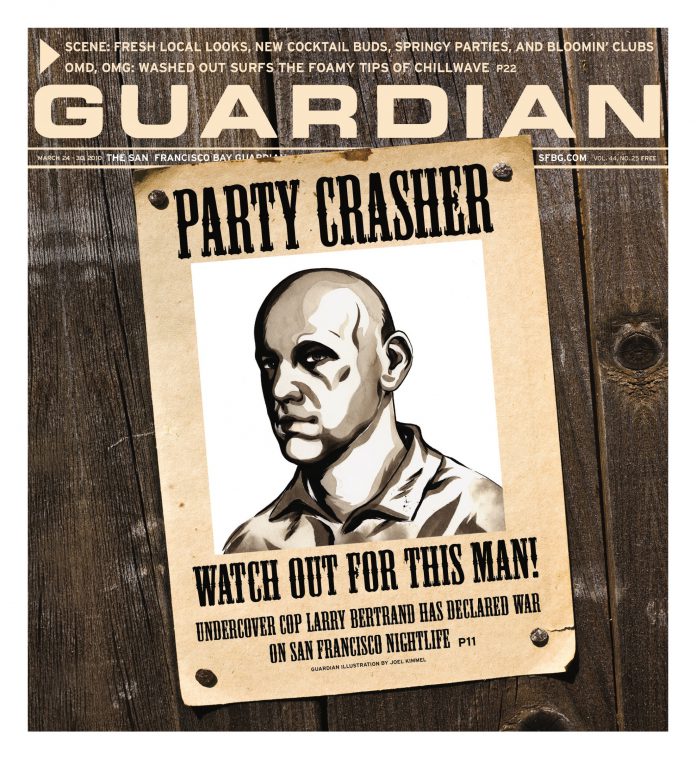arts@sfbg.com
FILM The tagline “in glorious Technicolor” was never done more justice than when cinematographer Jack Cardiff was behind the camera. Whether summoning vertiginous Himalayan vistas, making a pair of scarlet ballet shoes outshine Dorothy’s ruby slippers, or accentuating a female star’s sensuality while also capturing her intelligence, Cardiff’s mastery of light and his bold, at times hallucinatory, use of super-saturated color put him in a class above in a field already filled with so many greats.
The Pacific Film Archive pays tribute to Cardiff starting this week, in a modest five-film retrospective, “Life, Death, and Technicolor,” that kicks off with the three films he shot for fellow Brit Michael Powell — A Matter Of Life and Death (1946), Black Narcissus (1947), and The Red Shoes (1948) — that represent the pinnacle of his talents. Certainly, the series’ other two films, Pandora and the Flying Dutchman (1951) and The Barefoot Contessa (1954), have their charms (namely, Ava Gardner). But in a long and distinguished career that started in the silent era and included stints with Huston, Hitchcock, and Welles, as well as lensing some of the screen’s great female beauties, Cardiff’s work with Powell and his partner Emeric Pressburger remains unsurpassed.
Like the art historical precedents he cited as influences — apparently, his knowledgeable explanations of Caravaggio and Vermeer’s technique landed him the job with Technicolor — Cardiff understood the affective power of color and used his palette to ratchet up the emotional intensity of Powell and Pressburger’s lush melodramas to new extremes. The red lipstick that Kathleen Byron’s near-hysteric Sister Ruth applies before Deborah Kerr’s shocked Sister Clodagh in Black Narcissus; the marine blue of the fairy tale gown Moira Shearer’s dancer wears to meet the ballet impresario in The Red Shoes; and the sudden floods of color in A Matter of Life and Death during its periodic switchovers from black and white stock.
And yet Cardiff’s technical achievements extend far beyond his eye for hue. All the Pandoran CGI eye-candy generated by James Cameron’s digital production army dulls in comparison to the kaleidoscopic Himalayan countryside, with its snow-capped crags and verdant foliage, that Cardiff conjured up entirely within a London studio for Black Narcissus. Likewise, the ballet-within-the-film sequence in The Red Shoes, which takes us beyond the theater proscenium into a gorgeous and melancholy land of a thousand dances, stands alone as one of the single-most gorgeous 20 minutes ever committed to film (as those who recently caught a restored print of the film at the Castro Theatre can attest to).
Indeed, the superlatives come easy with Cardiff. If you go to one of these films, you’ll see why. Your senses will thank you.
LIFE, DEATH, AND TECHNICOLOR: A TRIBUTE TO JACK CARDIFF
March 25-April 17, $5.50–$9.50
Pacific Film Archive
2575 Bancroft, Berk.
(510) 642-5249

